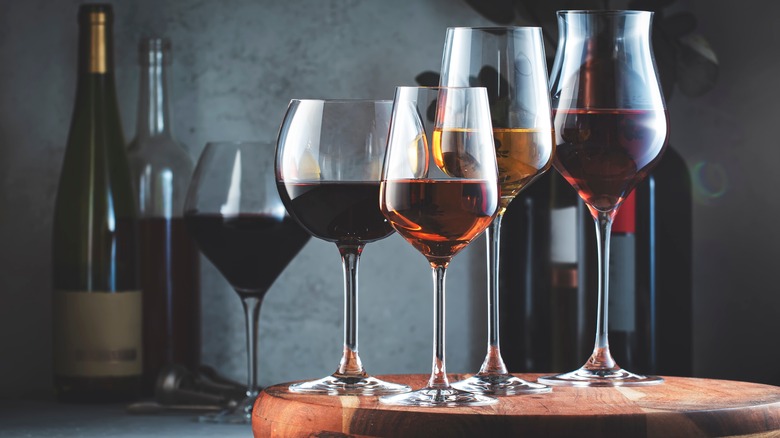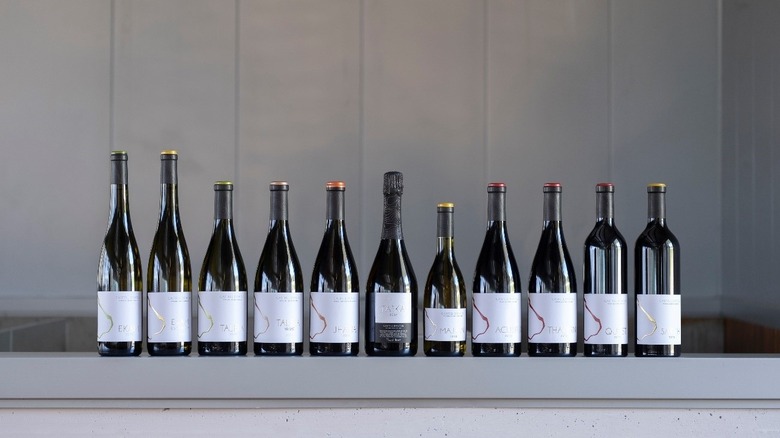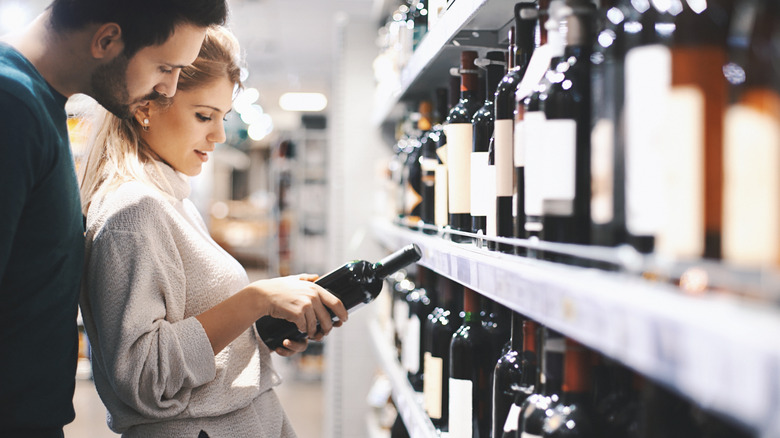What Is A Reverse Wine Pairing?
Pairing food with wine can be daunting, especially if you're not well-versed in the world of wine. You've probably heard general maxims like that you should pair seafood with white wines or steak with reds. You might even indulge in some classic wine pairings without giving it much thought, such as enjoying Muscadet with oysters.
The concept of pairing food and wine is rooted in the idea that certain flavors in one can enhance the other. Traditionally, food takes center stage, with wine selected to complement the chosen dish. However, a growing trend in restaurants and pop-ups is the concept of reverse wine pairings, where the wine is chosen first and the food is tailored to accentuate it. This approach places the wine in the spotlight, allowing diners to consider a particularly special bottle as the star of the show, rather than a supporting character in the overall dining experience.
How does a reverse wine pairing work?
Reverse wine pairings are often featured as part of a tasting menu or pop-up event. In this format, a restaurant or sommelier selects a list of wines, and a multi-course meal is designed to complement them. While these events offer a unique experience, they do require guests to cede some control, entrusting their culinary journey to the expertise of the chef and sommelier.
The Majestic Hotel & Spa Barcelona recently launched a series of Wine Dinners that feature reverse wine pairings. These are curated through a collaboration between Majestic's Executive Chef David Romero and the Spanish winery Castell d'Encus. As Chef Romero explained to Food Republic, "Based on the characteristics of the wines, we try to adapt the flavors of the products and their garnishes (sauces, spices, herbs ... ), which will participate in the pairing; if it is fatty, spicy, sweet, bitter, sour etc. In this way our objective will be to achieve a balance between the wine and the dish, so that one flavor of the dish does not stand out too much over the wine or vice versa."
The idea of using one winery for an entire dinner pairing is also intriguing. Similar to a vertical wine tasting, where wines from different years but the same vineyard are tasted in succession, this approach offers an opportunity to compare and contrast. It even allows for the highlighting of different elements in similar wines through imaginative food pairings.
Make your own reverse wine pairing
You don't need to make a reservation at a high-end restaurant to enjoy a reverse wine pairing; you can easily do it yourself at home. Let's say you've received a particularly nice bottle of wine as a gift, or you've decided to splurge on one for a special occasion. A quick search for the wine will likely yield food pairing recommendations. You could also consult staff at your favorite wine shop for suggestions. A simple guideline is to match the terroir. For instance, a crisp, acidic Assyrtiko from Santorini might pair well with a Greek salad or octopus, while a smoky Pinotage from South Africa would go well with a meaty stew or South African barbecue.
The beauty of a reverse wine pairing is that it's often easier to adjust a dish to complement a wine than it is to adapt a wine to suit a dish. Simple changes like adding extra salt or spice, substituting one protein for another, or modifying the thickness of your sauce can all help enhance certain contrasting flavors.



